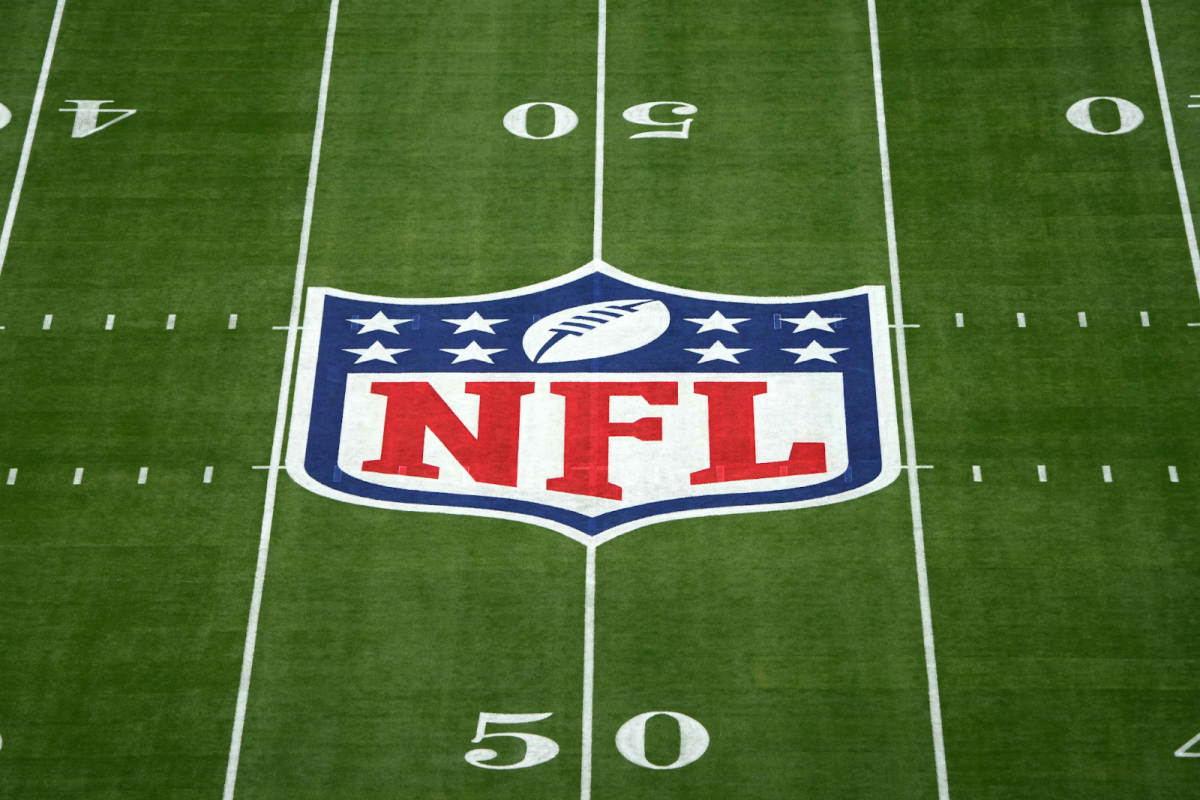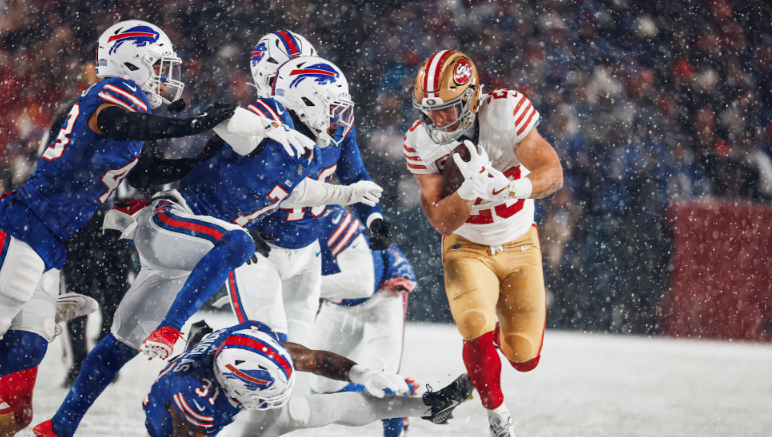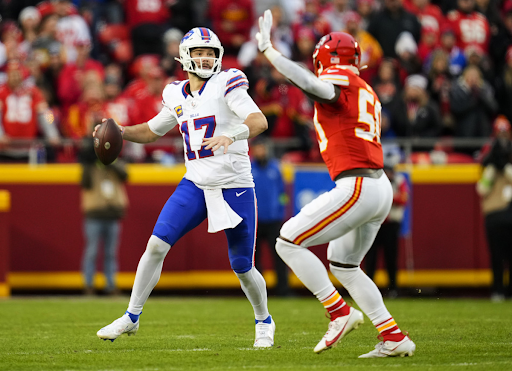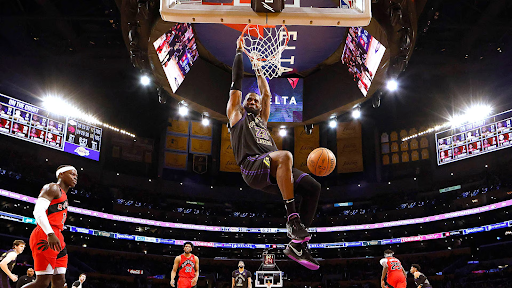The National Football League (NFL) has been a prominent fixture in American sports for decades. While there have been moments of controversy and dips in viewership, the NFL continues to captivate audiences, and in recent years, it has experienced a resurgence in viewership. This article explores the factors contributing to the NFL’s ability to attract and retain viewers.
One of the most significant factors in the NFL’s popularity is its competitive balance. Unlike some other sports leagues, where a few dominant teams consistently win championships, the NFL is known for its parity. The league’s revenue-sharing model and the salary cap system help maintain a level playing field, making it challenging for any team to establish prolonged dominance. This unpredictability keeps fans engaged and hopeful for their team’s success.
The NFL invests heavily in producing high-quality broadcasts. From state-of-the-art camera work to cutting-edge graphics and augmented reality, the league ensures that every game is a visual spectacle. The Super Bowl halftime show is a prime example of this commitment to production quality, often featuring A-list artists and elaborate performances.
Fantasy football has become a cultural phenomenon, with millions of fans participating in fantasy leagues worldwide. This trend has significantly increased viewership, as people follow games more closely to track their fantasy players’ performance. Additionally, the expanding legalization of sports betting in the United States has created a new layer of engagement and viewership. Many fans now have a financial stake in the outcome of games, further fueling their interest.
The NFL has embraced the digital age, utilizing social media platforms to engage fans. Highlights, behind-the-scenes content, and interactive features keep fans connected and informed. Social media also allows fans to discuss and share their thoughts, creating a sense of community among NFL enthusiasts.
The NFL’s quest for global expansion is paying off. International games and partnerships with international networks have introduced the sport to new audiences. As American football continues to grow in popularity worldwide, the league benefits from a more diverse and global fan base.
The NFL’s continued growth in viewership can be attributed to a combination of competitive balance, high-quality production, fantasy football, social media engagement, inclusivity, global expansion, iconic Super Bowl halftime shows, and its status as family-friendly entertainment. As the league continues to evolve and adapt to the ever-changing landscape of sports and entertainment, it remains a force to be reckoned with, attracting both loyal fans and newcomers alike.















